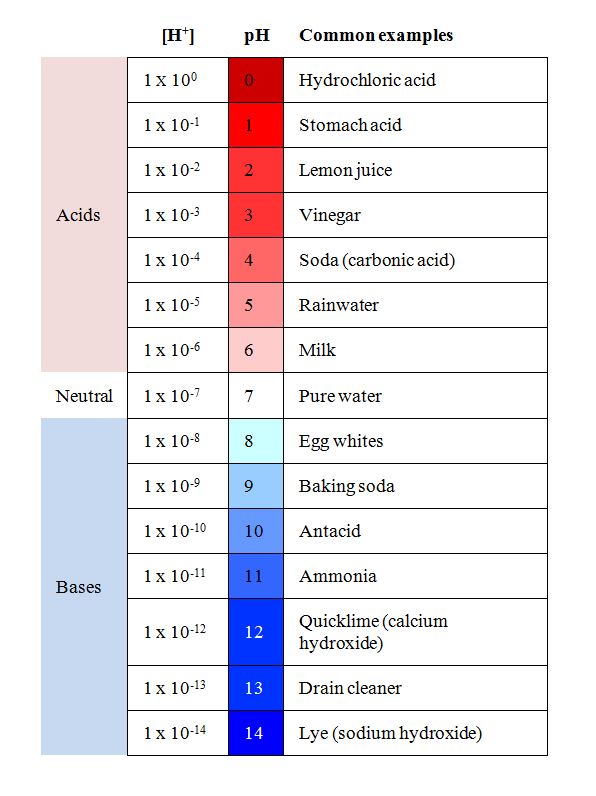
Each of these presentations should be modified to address site-specific conditions and hazards. The presentations on hazard communication and personal protective equipment are available to assist employers in training their staff. What resources are available to assist employers? Failure to do so can result in death due to pulmonary edema or heart disorders. Persons exposed to hydrogen fluoride should seek prompt immediate medical attention. This prevents the formation and accumulation of shock-sensitive perchlorates.

Work with perchloric acid must always be done in dedicated, specially-designed fume hoods that are equipped with wash down capability of the exhaust ductwork. Employers must provide employees with the necessary hazard information and appropriate personal protective equipment, especially eye and face protection and impervious gloves. And the reason for classifying them as bases is the presence of nitrogen atoms with lone pairs.What can I do to protect myself and others?Įmployees using strong acids and bases must understand the hazards of each of the chemicals they use. It is a derivative of phosphoric acid – H 3PO 4 and that is where the name is coming from.Īlthough under physiological conditions (p H 7.4), it is deprotonated and exists as a phosphate group since the p Ka of phosphoric acid is about 2.12.ĭNA also contains basic sites known as nucleobases or simply bases. You might have recognized the phosphate group in the DNA backbone. So, take a look for a moment at the structure of a DNA fragment and figure why is it an acid: It is an abbreviation for Deoxyribonucleic Acid. Let’s also look at one important biological molecule that we all know: The molecules that contain only carboxylic acids are going to have acidic properties and the ones containing only amino groups will show basic properties. Keeping this in mind, you can quickly recognize the acidic and basic sites of organic molecules.įor example, to identify the organic acidic and basic sites in the following compounds, you simply need to locate the carboxylic acids and amines:


There is a separate post about the basicity of amine which covers a lot more details on this topic.
#Acids and basex pdf#
The p Ka values of some common organic compounds are listed below and for a more detailed list you can download this PDF document:Īmines, on the other hand, are known as the organic bases since the lone pair on the nitrogen can be protonated forming relatively stable conjugate acids with p Ka ~ 11. However, diisopropylamine is often converted into a stronger base called Lithium diisopropylamide ( LDA) by reacting it with Organo-Lithium compounds:Ĭlassifying a compound as an acid or a base can vary, however, there are some common definitions of organic acids and bases.Ĭarboxylic acids are known as organic acids since they have lower p Ka values than most other functional groups. For example, diisopropylamine or pyridine are common organic bases used in different reactions to neutralize protonated species: If you do not know about the p Ka, don’t worry too much about it now, but later on, we will see that based on the p Ka values any compound can serve as an acid or a base depending on what it is reacted with.įor example, water can be a base when forming the hydronium ion in the reaction with inorganic acids, but it can also serve as an acid when reacted with stronger bases: In a Brønsted-Lowry acid-base reactions, the base turns into its conjugate acid and the acid turns into its conjugate base.Īcid-Base role changes depending on the pKa Notice that we are generally talking about a proton transfer in acid-base reactions but the curved arrows, like for any other reaction, show the movement of electrons. This theory is more universal and describes bases as species that are proton acceptors which include the hydroxide ions but are not limited to them: Therefore, the Brønsted-Lowry acids and base theory took over and is used in qualifying compounds as acids or bases. The limitation of this theory became evident mostly when organic bases were studied since they do react with acids, but are not hydroxide ions.

The first definition of Acids and Bases was given by Arrhenius and according to his theory, acids dissociate in water to form protons (H +) and bases dissociate in water to form ( –OH):


 0 kommentar(er)
0 kommentar(er)
